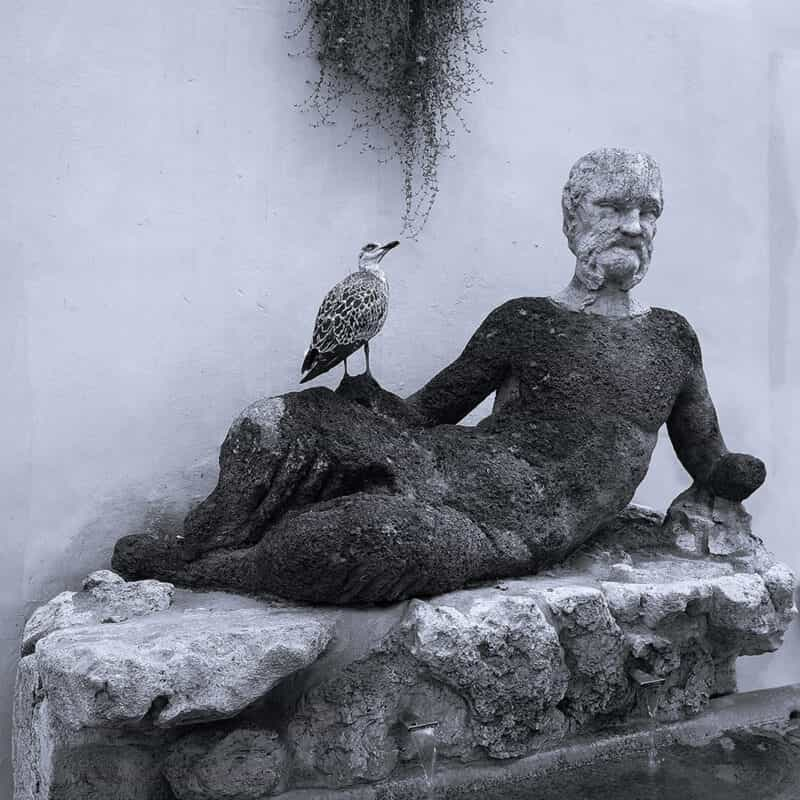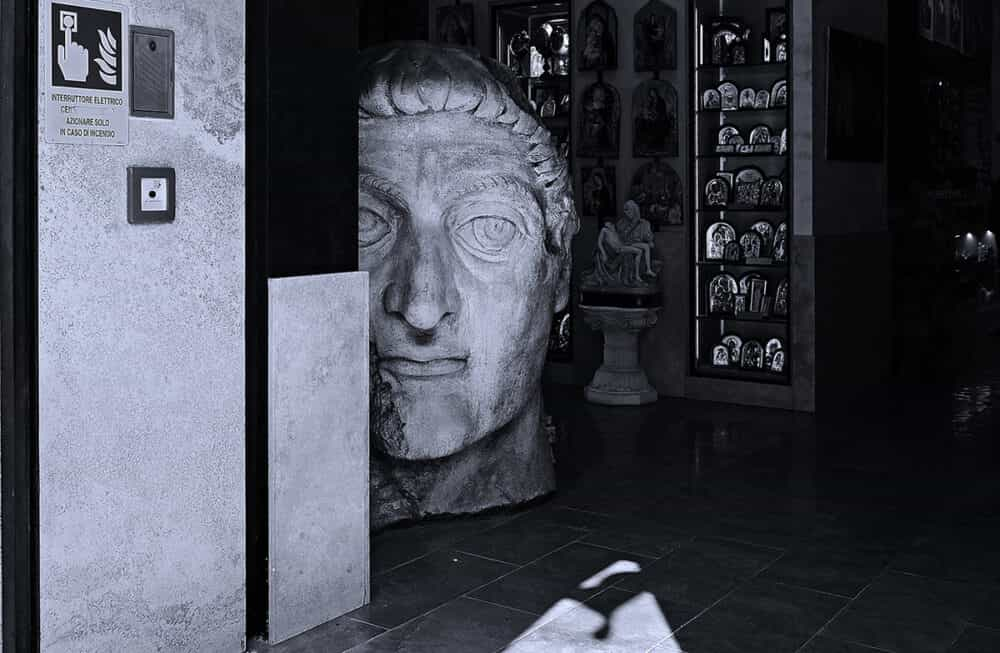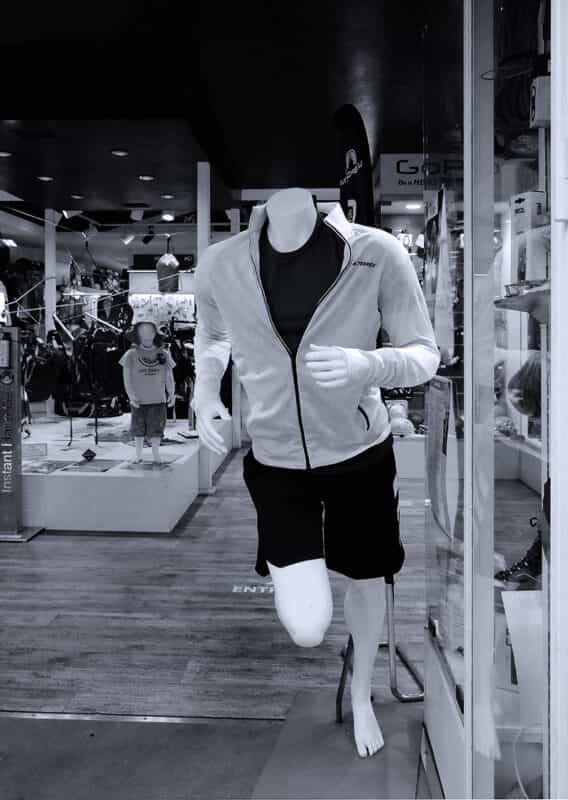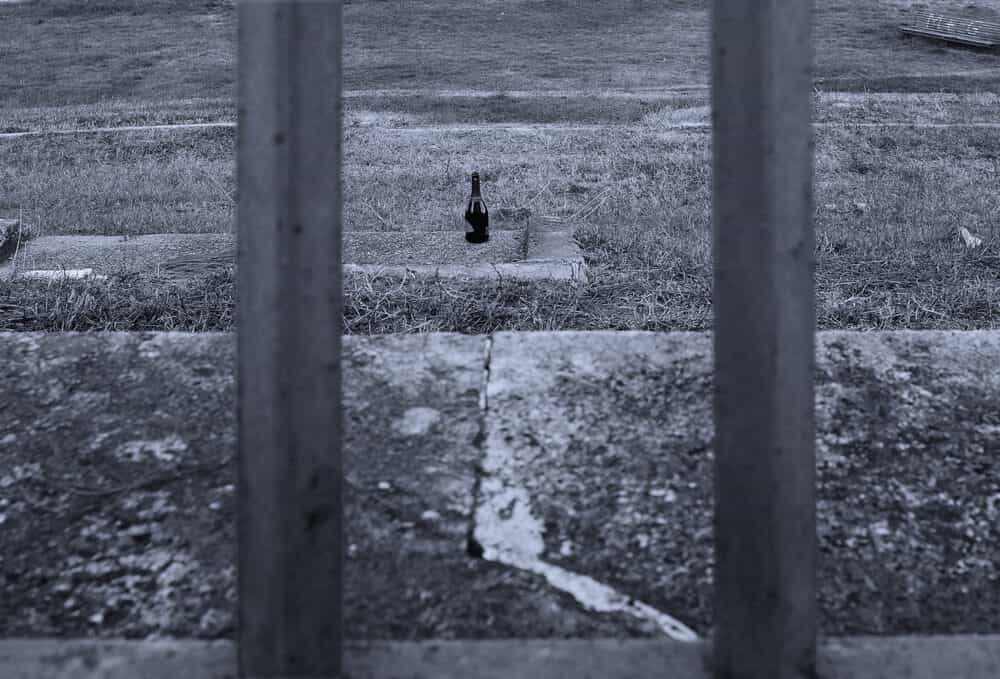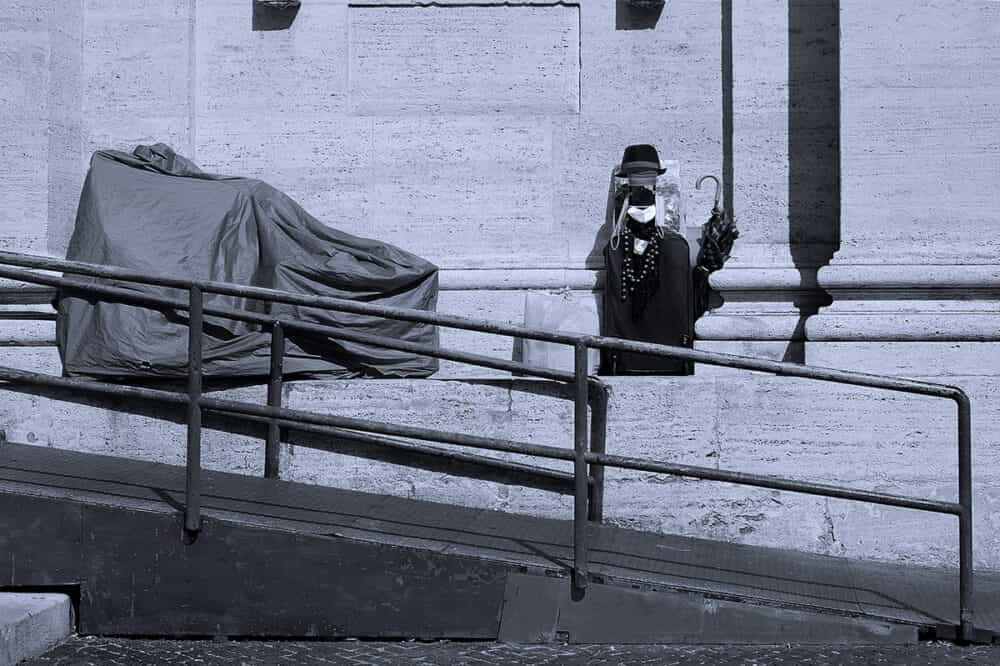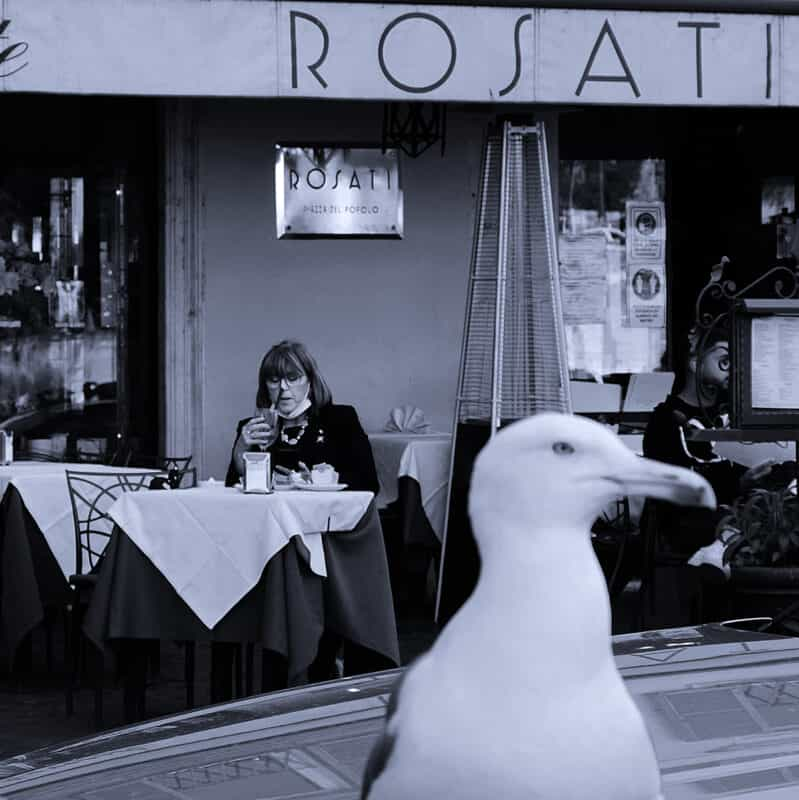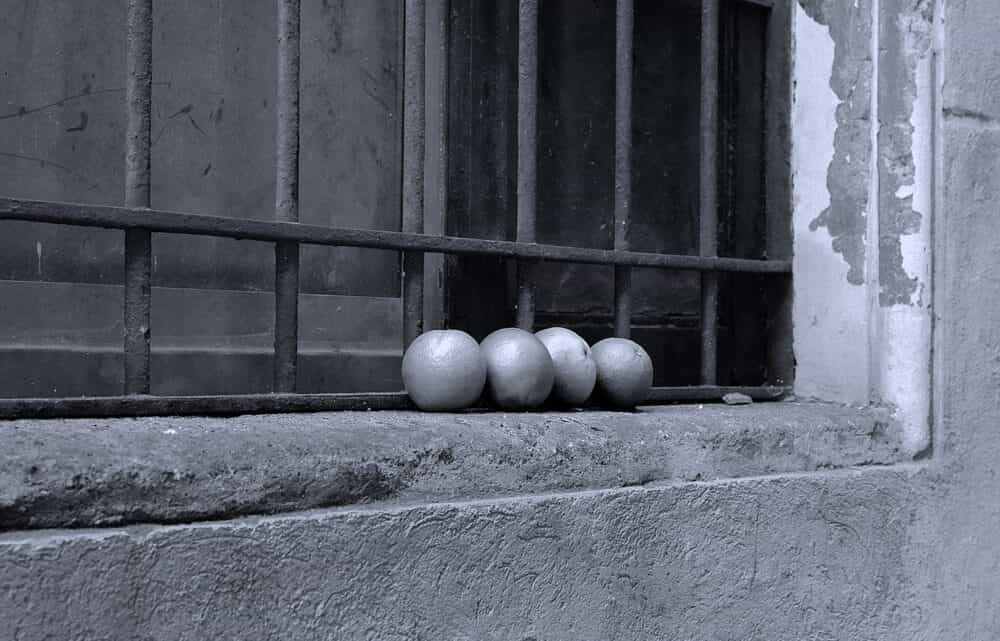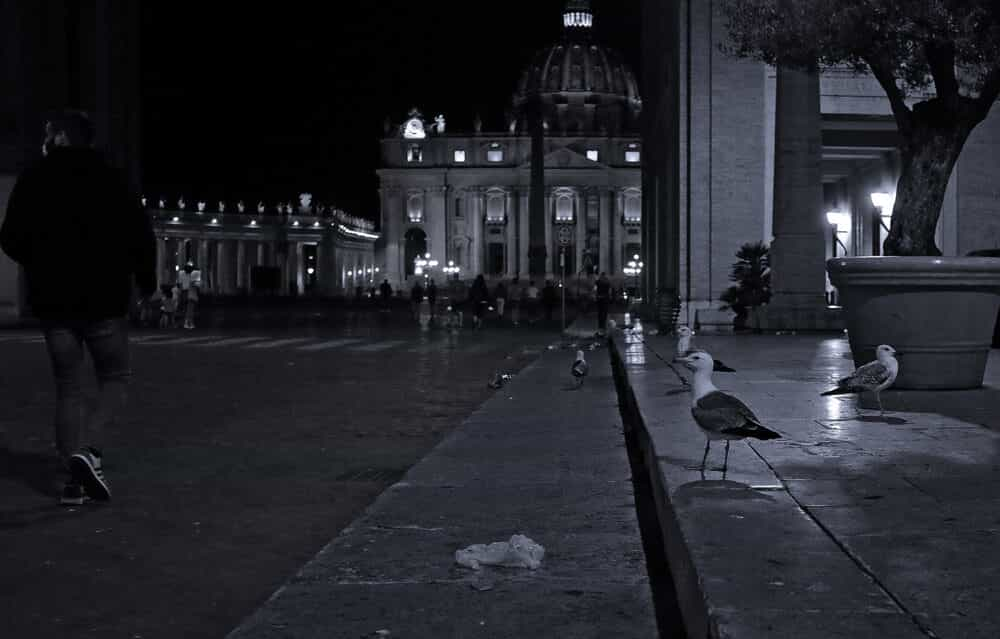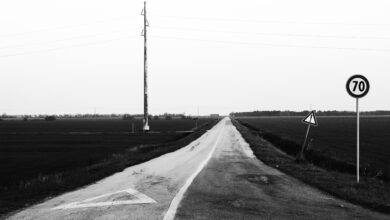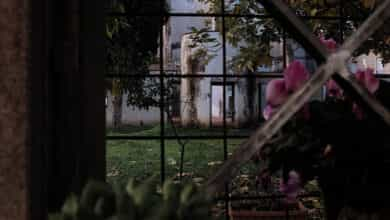Walking around Rome with a camera is undoubtedly a privilege, and it’s not the first time I’ve said so, but the question is: what kind of gaze to use?
One can certainly look directly at the object of interest of the moment, and portray a documentary image, or one of social denunciation.
Otherwise we can make postcards of famous places or monuments trying to give our own original interpretation, but often creating only the umpteenth image already seen.
We can also put ourselves at the center, increasing the endless series of useless selfies.
Or, more profitably, at least for me, we can look at what surrounds us with a slightly squinting eye, careful to catch at the same time the usual aspect of things and people, and the moment in which this patina of normality begins to wrinkle and fray.
The glassy gaze of a seagull, four oranges in a row on a windowsill without any reason, or a huge styrofoam head in a tourist souvenir store are enough to reveal a certain degree of stunned absurdity.
In this way, in an ironic or tenebrous key or how else you want, the resulting photographic image gives back to the City its complex ambiguity.
